Home>Furniture>Outdoor Furniture>How To Cover Sliding Patio Doors
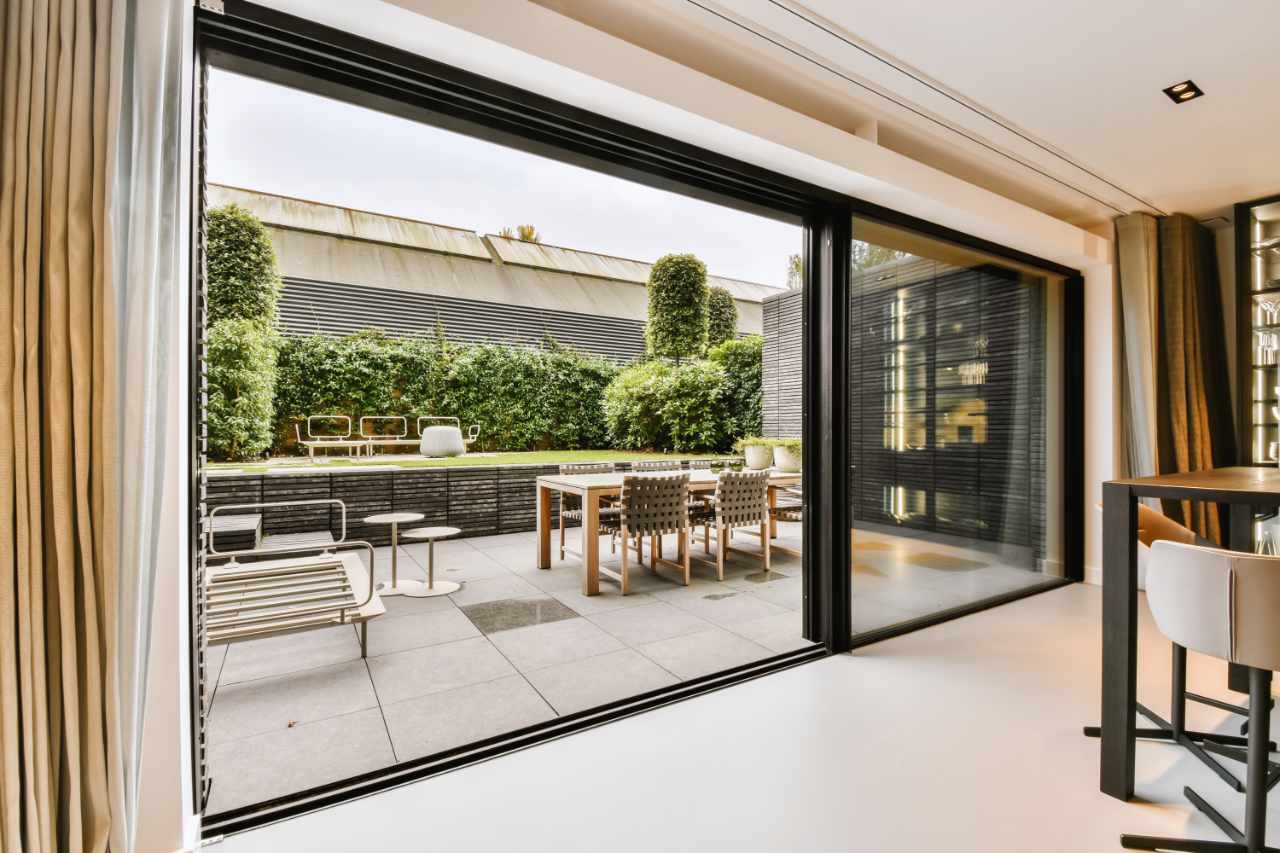

Outdoor Furniture
How To Cover Sliding Patio Doors
Modified: March 7, 2024
Learn how to cover your sliding patio doors with outdoor furniture. Create a stylish and functional space with our expert tips and ideas.
(Many of the links in this article redirect to a specific reviewed product. Your purchase of these products through affiliate links helps to generate commission for Storables.com, at no extra cost. Learn more)
Introduction:
Sliding patio doors are a popular choice for homeowners as they allow natural light to flood into a room while providing easy access to outdoor spaces. However, the large glass panels can also result in privacy and light control concerns. Fortunately, there are various covering options available to address these issues and enhance the functionality and aesthetics of sliding patio doors.
In this article, we will explore different options for covering sliding patio doors, ranging from vertical blinds and curtains to panel track shades and sliding shutters. We will also discuss important considerations, such as measuring and preparing for installation, as well as the maintenance and care required to keep your sliding patio door coverings in top condition.
Whether you are looking to improve privacy, control light levels, or add a touch of style to your patio doors, this comprehensive guide will help you make an informed decision and transform the look and functionality of your space.
Key Takeaways:
- Elevate your sliding patio doors with the perfect covering option! Choose from vertical blinds, curtains, panel track shades, or sliding shutters to enhance privacy, control light levels, and add style to your space.
- Ensure the longevity of your sliding patio door coverings by following proper maintenance and care. Regular cleaning, spot cleaning, and inspection for damage will keep them in great condition for years to come.
Read more: How To Install Sliding Patio Doors
Choosing the Right Covering Options:
When it comes to selecting the right covering for your sliding patio doors, there are several factors to consider. Each option offers unique benefits and suits different styles and needs. Here are some popular covering options:
- Vertical Blinds: Vertical blinds are a classic choice for sliding patio doors. They consist of vertical slats that can be tilted to control light and provide privacy. These blinds are available in a variety of materials such as vinyl, fabric, and wood, allowing you to choose a style that complements your décor.
- Curtains or Drapes: Curtains or drapes provide a versatile and decorative option for covering sliding patio doors. They come in a wide range of fabrics, colors, and patterns, allowing you to customize the look of your space. Curtains can be hung on a rod with hooks or rings, providing easy sliding access to the doors.
- Panel Track Shades: Panel track shades are a modern and sleek option for covering sliding patio doors. They consist of large fabric panels that glide along a track system. These shades are available in various light-filtering and blackout options, providing excellent privacy and light control.
- Sliding Shutters: Sliding shutters add a touch of elegance and sophistication to sliding patio doors. They are made of solid panels that slide on a track. Shutters are available in different materials such as wood, vinyl, and composite materials, allowing you to choose a style that suits your preferences and enhances the aesthetics of your space.
When selecting the right covering option, consider factors such as your desired level of privacy, light control requirements, budget, and aesthetic preferences. Additionally, evaluate the durability and ease of maintenance associated with each option to ensure they align with your lifestyle and long-term needs.
Once you have chosen the covering option that best suits your needs, it’s time to measure and prepare for the installation process.
Measuring and Preparing for Installation:
Before you can install your chosen covering option for your sliding patio doors, it is crucial to accurately measure the space and prepare for the installation process. Follow these steps to ensure a proper fit:
- Measure the Width and Height: Use a tape measure to determine the width and height of your sliding patio doors. Measure both the inside and outside dimensions to account for any variations. Ensure that you measure from the edge of the frame and not just the glass area.
- Consider Mounting Options: Depending on the covering option you have selected, you may need to decide whether to mount it inside the window frame or outside. Inside mounting provides a sleeker look, while outside mounting can accommodate larger coverings.
- Account for Clearance: Ensure that you measure the space above and on the sides of the sliding patio doors to allow for proper clearance and operation of the covering. This is especially important for options such as vertical blinds and sliding shutters.
- Prepare the Installation Area: Clear the area around the sliding patio doors to provide ample space for the installation process. Remove any furniture, decorations, or obstacles that could hinder the installation or potentially get damaged during the process.
Once you have measured the space and made the necessary preparations, you are ready to proceed with the installation of your chosen covering option. It is recommended to follow the manufacturer’s instructions specific to your selected product, as each option may have its own installation process.
Now, let’s explore the installation process for some popular sliding patio door covering options.
Installing Vertical Blinds:
Vertical blinds are a popular choice for covering sliding patio doors due to their versatility and functionality. Here are the steps to install vertical blinds:
- Gather the Necessary Tools and Materials: Before you begin, make sure you have all the tools and materials needed for the installation, including a drill, screws, brackets, and a level.
- Measure and Mark: Measure the height and width of your sliding patio door and mark the desired position for the brackets. Ensure that the brackets are evenly spaced and level.
- Install the Brackets: Use a drill to install the brackets into the wall or ceiling, depending on your mounting preference. Make sure the brackets are securely attached.
- Attach the Headrail: Slide the headrail of the vertical blinds into the brackets and secure it in place. Ensure that the headrail is properly aligned and level.
- Hang the Vertical Slats: Take the individual vertical slats and hang them on the headrail. Make sure they are evenly spaced and aligned. Some blinds may require you to clip the slats into place, while others may have a hook-and-loop system.
- Test and Adjust: Once all the slats are hung, test the blinds by sliding them open and closed. Make any necessary adjustments to ensure they operate smoothly and provide the desired amount of light control and privacy.
It is crucial to follow the specific instructions provided by the manufacturer for your vertical blinds, as the installation process may vary. Additionally, always prioritize safety during installation and use appropriate tools and equipment.
Vertical blinds offer an excellent solution for privacy and light control for sliding patio doors. Once installed, they can greatly enhance the functionality and aesthetics of your space.
Hanging Curtains or Drapes:
Curtains or drapes can add a touch of elegance and style to your sliding patio doors while providing privacy and light control. Here’s how you can hang curtains or drapes on your patio doors:
- Measure the Width and Length: Measure the width and length of your sliding patio doors to determine the size of the curtain or drape panels you will need. Consider whether you want the curtains to hang just above the floor or if you prefer them to pool slightly.
- Select the Curtain Rod: Choose a curtain rod that complements the style and décor of your space. Ensure it is wide enough to accommodate the width of your patio doors and sturdy enough to support the weight of the curtains or drapes.
- Install the Curtain Rod: Use a drill or screwdriver to install the curtain rod brackets on the wall above your sliding patio doors. Make sure they are level and securely attached.
- Hang the Curtains or Drapes: Slide the curtain panels onto the curtain rod, ensuring they are evenly distributed. Place the rod into the brackets and secure it in place.
- Adjust the Length: If the curtain panels are too long, you may need to adjust the length. Use a measuring tape and fabric scissors to cut the panels to the desired length, making sure to leave some extra fabric for a neat hem.
- Add Finishing Touches: To enhance the overall look and functionality, consider adding curtain tiebacks or decorative curtain holdbacks to keep the curtains or drapes in place when drawn open.
The beauty of curtains and drapes lies in their ability to be customized according to your preferences. Choose fabrics, colors, and patterns that reflect your personal style and seamlessly complement the rest of your décor.
By hanging curtains or drapes on your sliding patio doors, you can create a soft, inviting ambiance while adding an element of privacy and light control to your space.
Consider using vertical blinds, curtains, or sliding panels to cover sliding patio doors. These options provide privacy, light control, and can enhance the aesthetic of the space.
Read more: How To Cover Sliding Glass Doors
Installing Panel Track Shades:
Panel track shades are a sleek and modern option for covering sliding patio doors. These shades consist of large fabric panels that glide along a track system. Here’s a step-by-step guide on how to install panel track shades:
- Gather the Required Tools and Materials: Before you begin, gather all the necessary tools and materials, including a measuring tape, level, screws, and brackets.
- Measure and Mark: Measure the width and height of your sliding patio doors to determine the correct size for your panel track shades. Mark the positions where the brackets will be installed, ensuring they are evenly spaced and level.
- Install the Brackets: Use a drill to install the brackets onto the wall or ceiling, depending on your mounting preference. Make sure the brackets are securely attached.
- Attach the Track: Mount the track onto the installed brackets. Ensure that the track is level and aligned with the markings made earlier.
- Hang the Panel Tracks: Attach the fabric panels to the carriers that glide along the track. Make sure the panels are evenly distributed and properly aligned for a seamless appearance.
- Test the Operation: Slide the panel tracks back and forth to test their functionality. Ensure that they move smoothly and provide the desired level of light control and privacy.
It’s worth noting that panel track shades are available in different light-filtering and blackout options, allowing you to choose the level of privacy and light control that best suits your needs. Additionally, these shades come in a variety of colors and textures, allowing you to customize the look of your space.
By installing panel track shades on your sliding patio doors, you can achieve a modern and sophisticated aesthetic while enjoying the convenience and functionality they provide.
Installing Sliding Shutters:
Sliding shutters are a popular choice for covering sliding patio doors, as they not only provide privacy and light control but also add a touch of elegance and sophistication to the space. Here’s a step-by-step guide on how to install sliding shutters:
- Gather the Necessary Tools and Materials: Before you begin the installation process, make sure you have all the required tools and materials, including a drill, screws, brackets, a level, and the sliding shutters themselves.
- Measure and Mark: Measure the width and height of your sliding patio doors to determine the correct size for your shutters. Mark the positions where the brackets will be installed, ensuring they are evenly spaced and level.
- Install the Mounting Frame: Begin by installing the mounting frame onto the wall or ceiling, depending on your mounting preference. Use a drill to secure the frame in place, ensuring it is level and aligned with the markings made earlier.
- Attach the Shutter Panels: Place the shutter panels into the mounting frame, ensuring they fit snugly. Attach the panels to the frame, following the manufacturer’s instructions and using the provided screws or fasteners.
- Test and Adjust: Once all the shutter panels are installed, test their operation by sliding them open and closed. Make any necessary adjustments to ensure they move smoothly along the tracks and provide the desired amount of privacy and light control.
Sliding shutters are available in different materials such as wood, vinyl, and composite. Consider the style and durability you desire when selecting the material for your shutters. Additionally, the louvers of shutters can be adjusted to control the amount of light and privacy in your space.
By installing sliding shutters on your sliding patio doors, you can achieve a timeless, sophisticated look while enjoying the benefits of privacy, light control, and enhanced aesthetics.
Maintenance and Care for Sliding Patio Door Coverings:
Proper maintenance and care are essential for ensuring the longevity and optimal performance of your sliding patio door coverings. Here are some tips to keep them in great condition:
- Regular Cleaning: Dust and debris can accumulate on your coverings over time, affecting their appearance and functionality. Regularly dust or vacuum your coverings to remove any loose dirt or particles. For fabric coverings, such as curtains or panel track shades, check the manufacturer’s guidelines for cleaning instructions, and spot clean as needed.
- Spot Cleaning: Accidents happen, and your coverings may occasionally get stained. Take immediate action and spot clean the affected area using a mild detergent and water. Blot the stain gently, rather than rubbing, to avoid spreading the stain or damaging the fabric or material.
- Inspect for Damage: Regularly inspect your coverings for any signs of damage, such as loose screws, broken slats, or frayed fabric. Address any issues promptly to prevent further damage and ensure the continued functionality of your coverings.
- Adjust and Lubricate: If your coverings have moving parts, such as vertical blinds or sliding shutters, check them periodically to make sure they operate smoothly. Lubricate any necessary parts with a silicone-based lubricant to prevent sticking or excessive noise.
- Protect from Harsh Weather Conditions: If your sliding patio doors are exposed to extreme weather conditions, such as excessive sunlight or high humidity, consider using window film or UV-blocking curtains or shades to protect the coverings from fading or warping due to sun exposure. Additionally, ensure proper ventilation to prevent moisture buildup that can lead to mold or mildew.
- Follow Manufacturer’s Guidelines: Each covering option may have specific care instructions provided by the manufacturer. Refer to these guidelines and follow them diligently to maintain the quality and lifespan of your coverings.
Regular maintenance and care not only help preserve the functionality and appearance of your sliding patio door coverings but also contribute to a clean and inviting living space.
Conclusion:
Choosing the right covering option for your sliding patio doors can enhance privacy, control light levels, and add a touch of style to your space. Whether you opt for vertical blinds, curtains or drapes, panel track shades, or sliding shutters, each option offers its own unique benefits and aesthetic appeal.
Before installation, it’s important to accurately measure the space and prepare for the process. Taking careful measurements ensures a proper fit, while proper preparation creates a smooth installation experience.
Once installed, it’s crucial to maintain and care for your sliding patio door coverings. Regular cleaning, spot cleaning, and inspection for damage will help keep them in great condition for years to come. Lubricating moving parts and protecting them from harsh weather conditions will also contribute to their longevity.
Remember to follow the manufacturer’s guidelines for cleaning, care, and maintenance specific to your chosen covering option, as this will ensure the best results and prevent any damage.
Whether you’re seeking functionality, style, or both, the right covering option for your sliding patio doors can transform your space and create a welcoming atmosphere. Consider your specific needs, preferences, and budget when making your selection.
By choosing and installing the perfect covering option and maintaining it properly, you can enjoy the benefits of privacy, light control, and enhanced aesthetics for your sliding patio doors for years to come.
So, take the leap and elevate the functionality and style of your sliding patio doors with the perfect covering option!
Frequently Asked Questions about How To Cover Sliding Patio Doors
Was this page helpful?
At Storables.com, we guarantee accurate and reliable information. Our content, validated by Expert Board Contributors, is crafted following stringent Editorial Policies. We're committed to providing you with well-researched, expert-backed insights for all your informational needs.
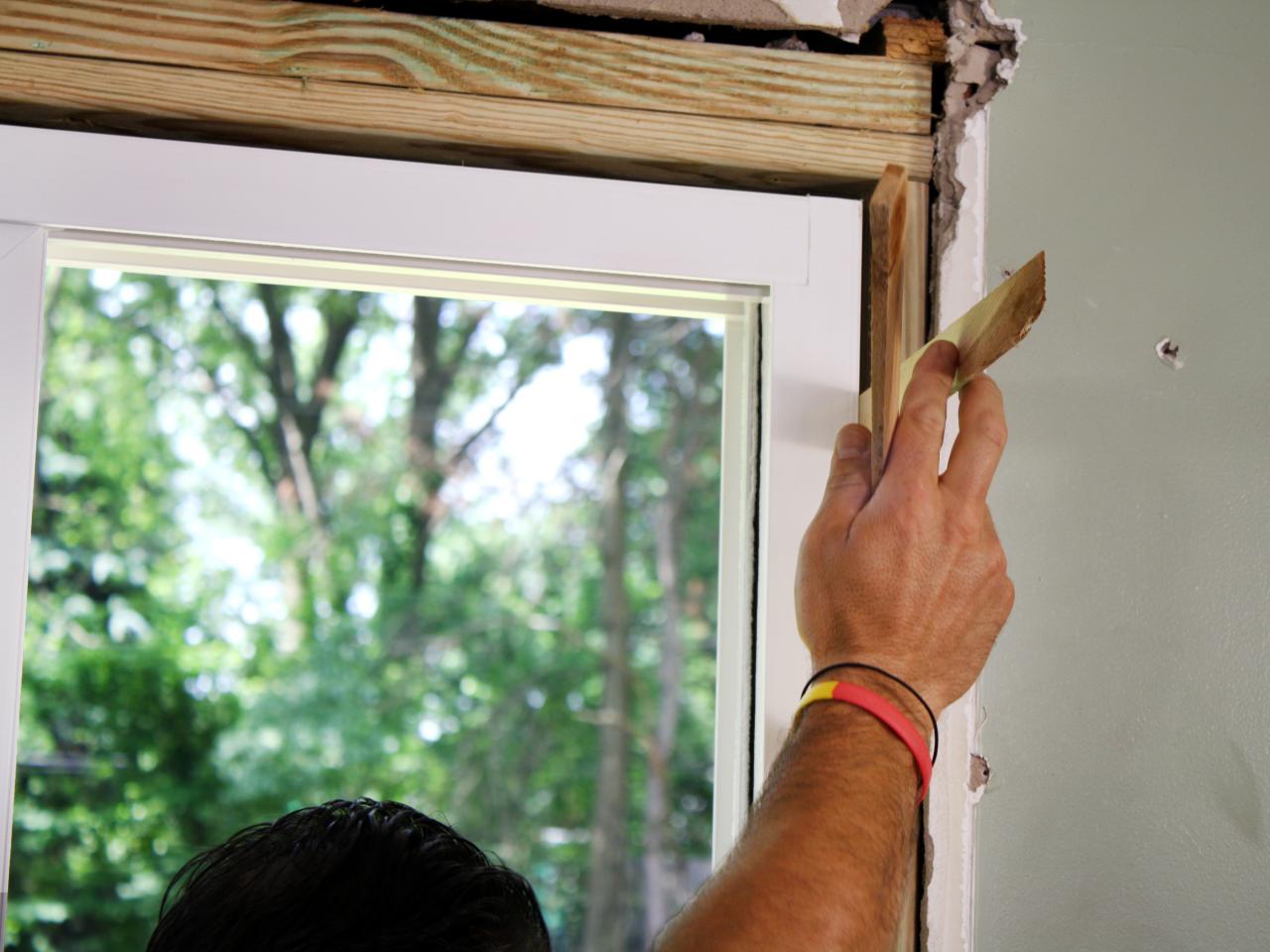
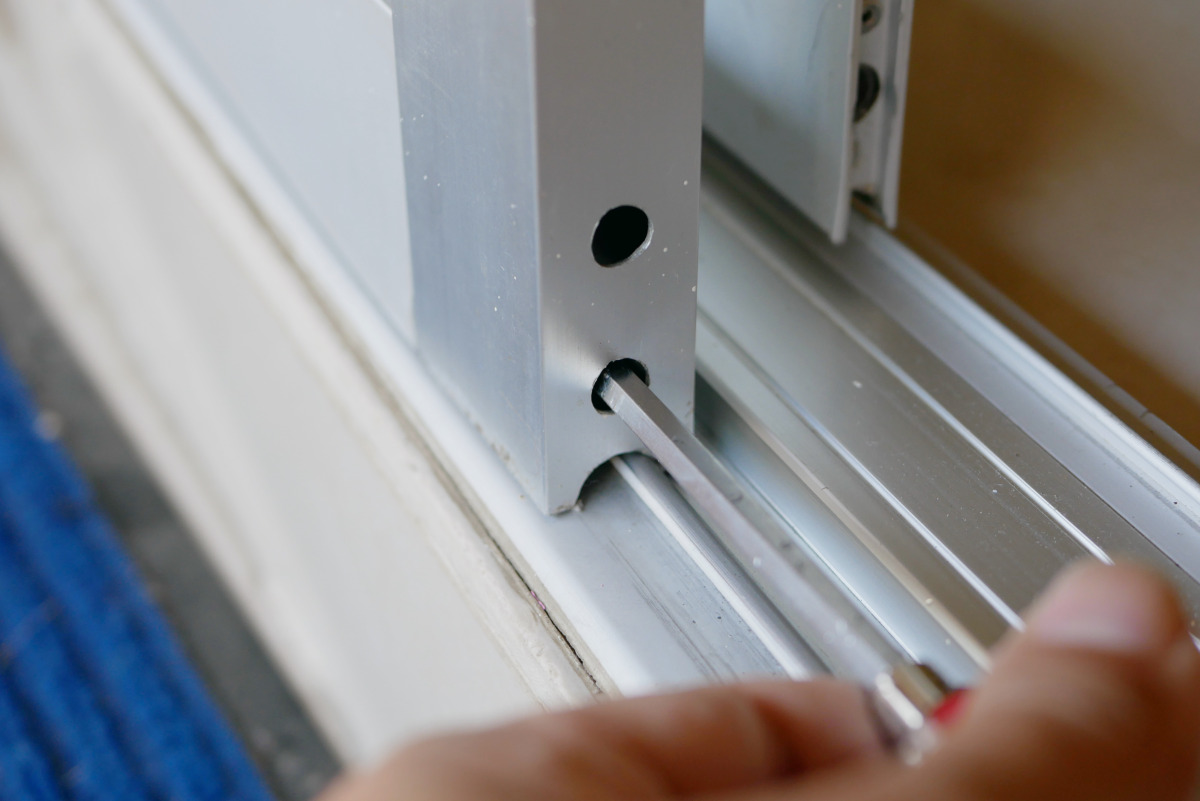
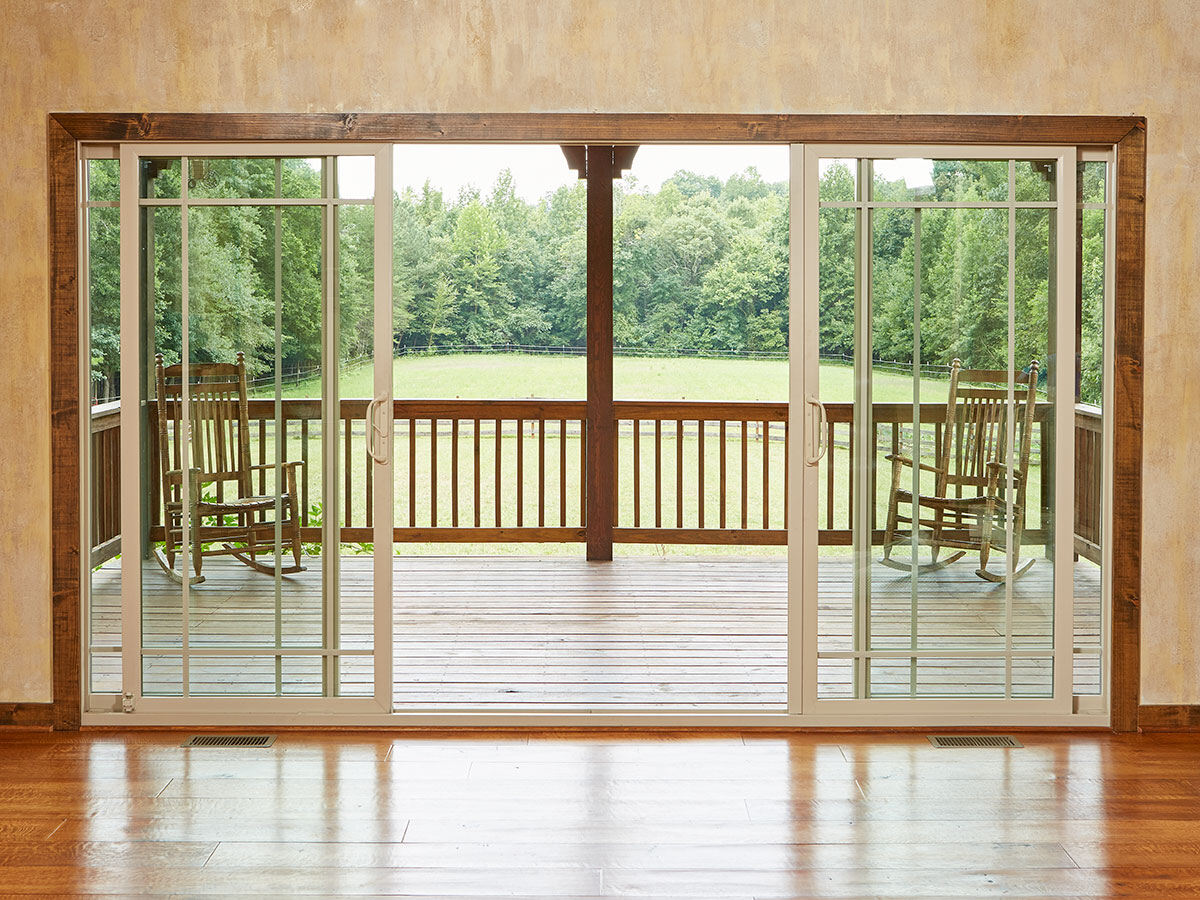
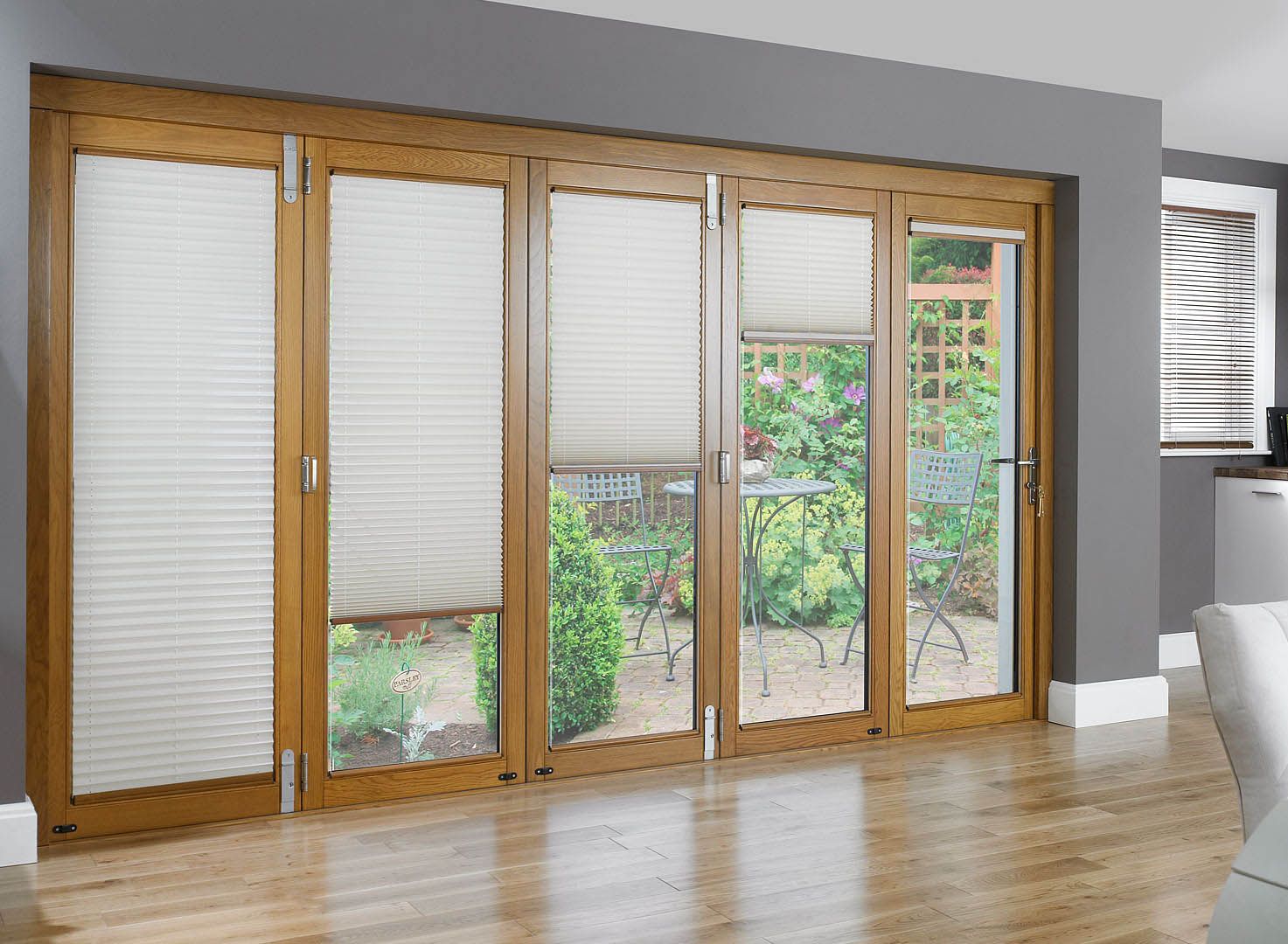
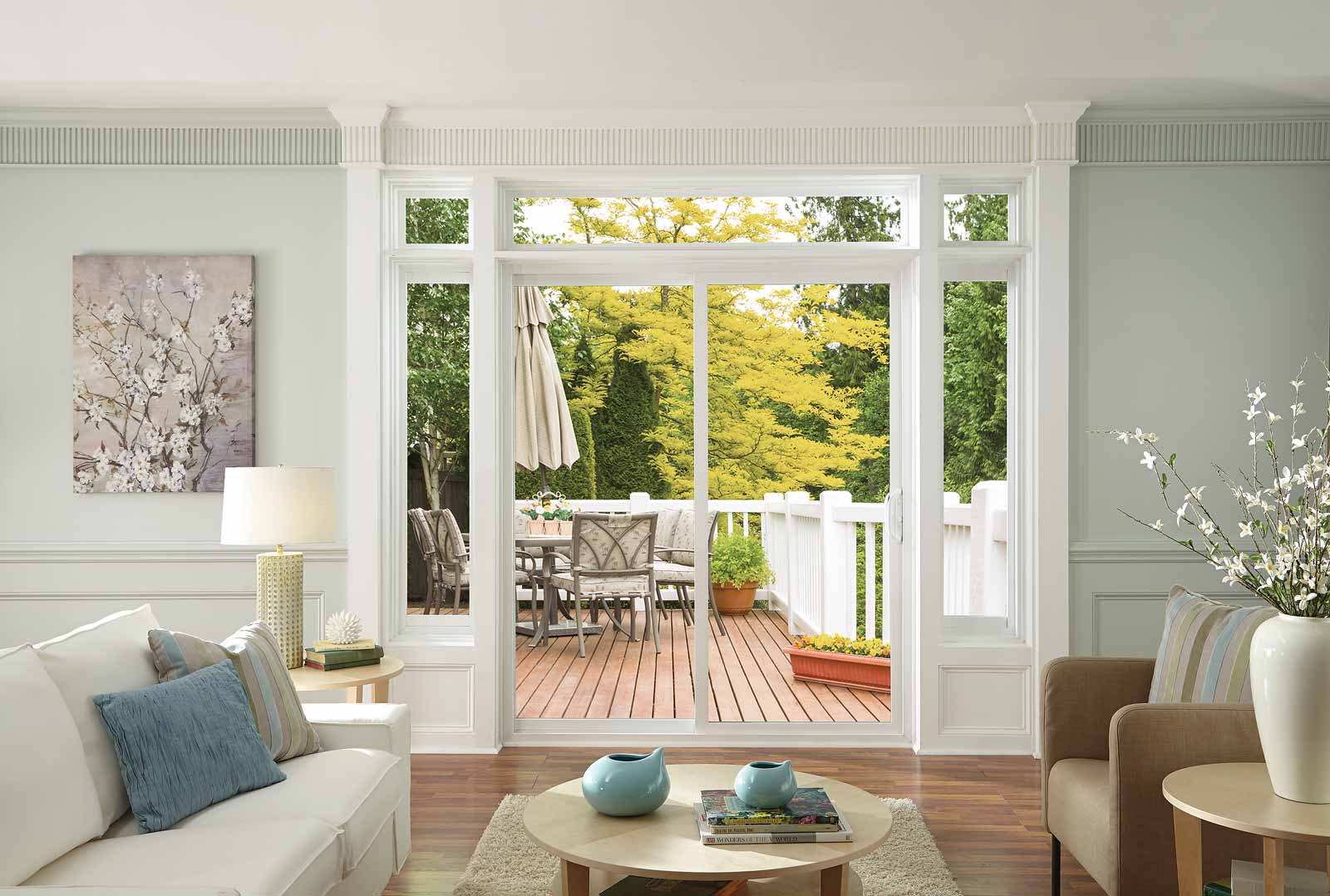
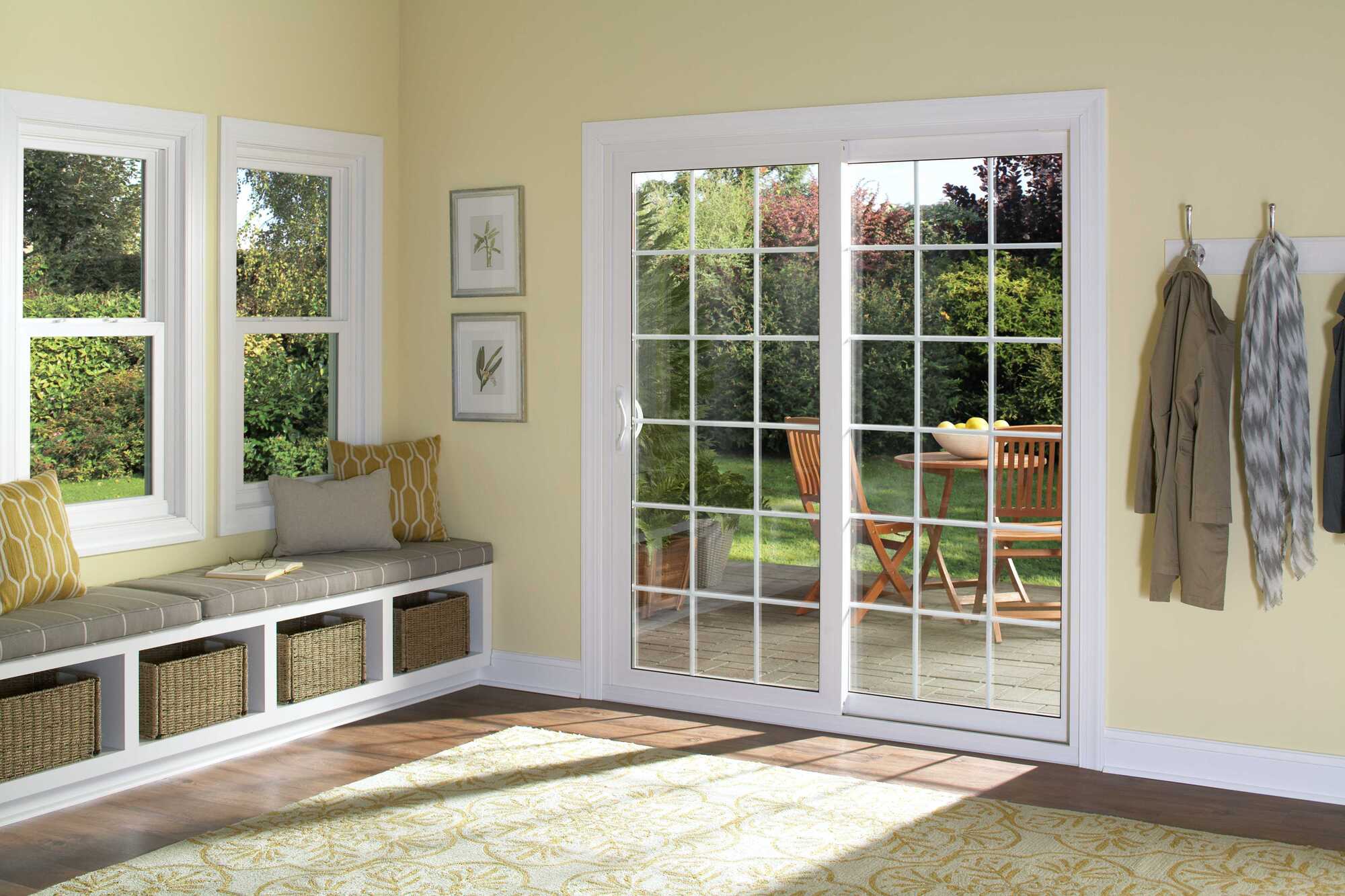
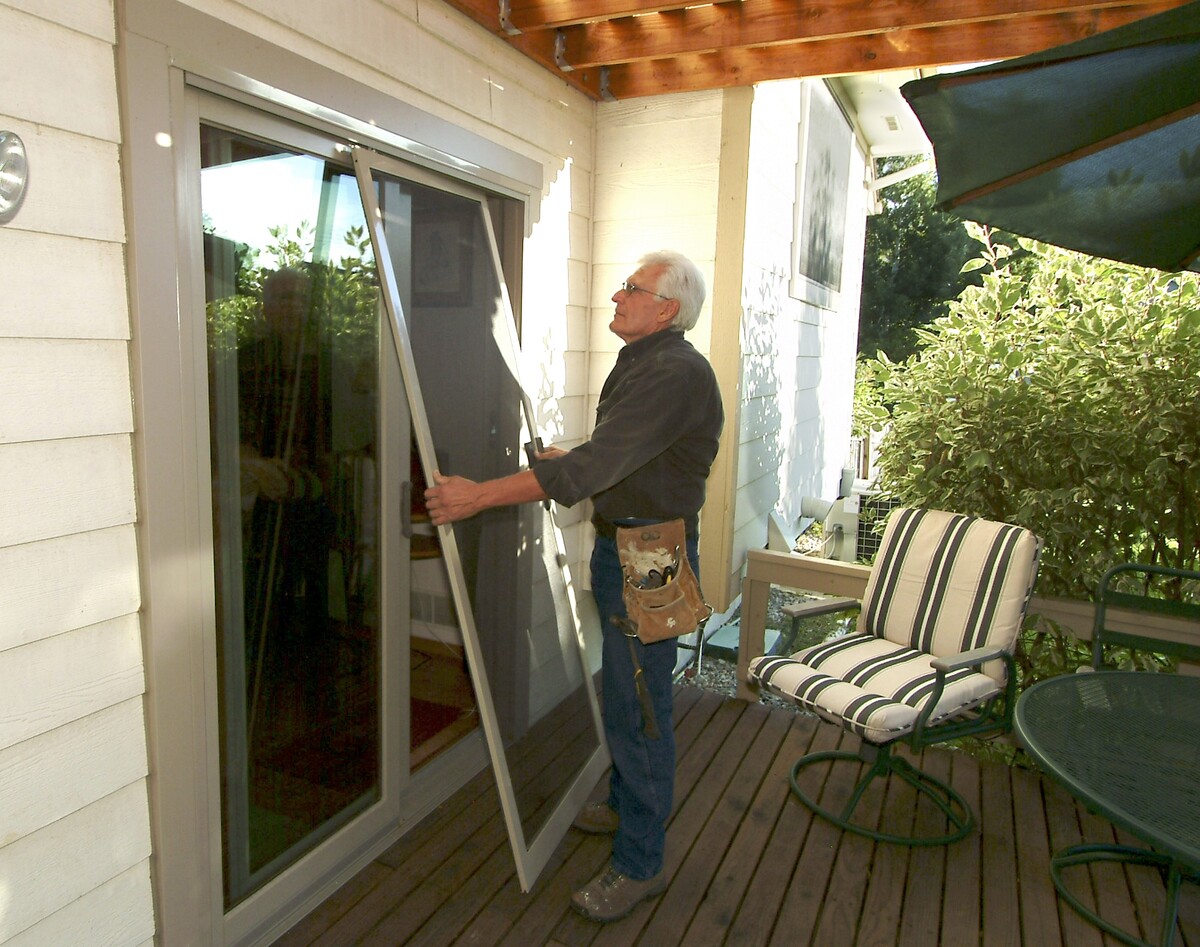
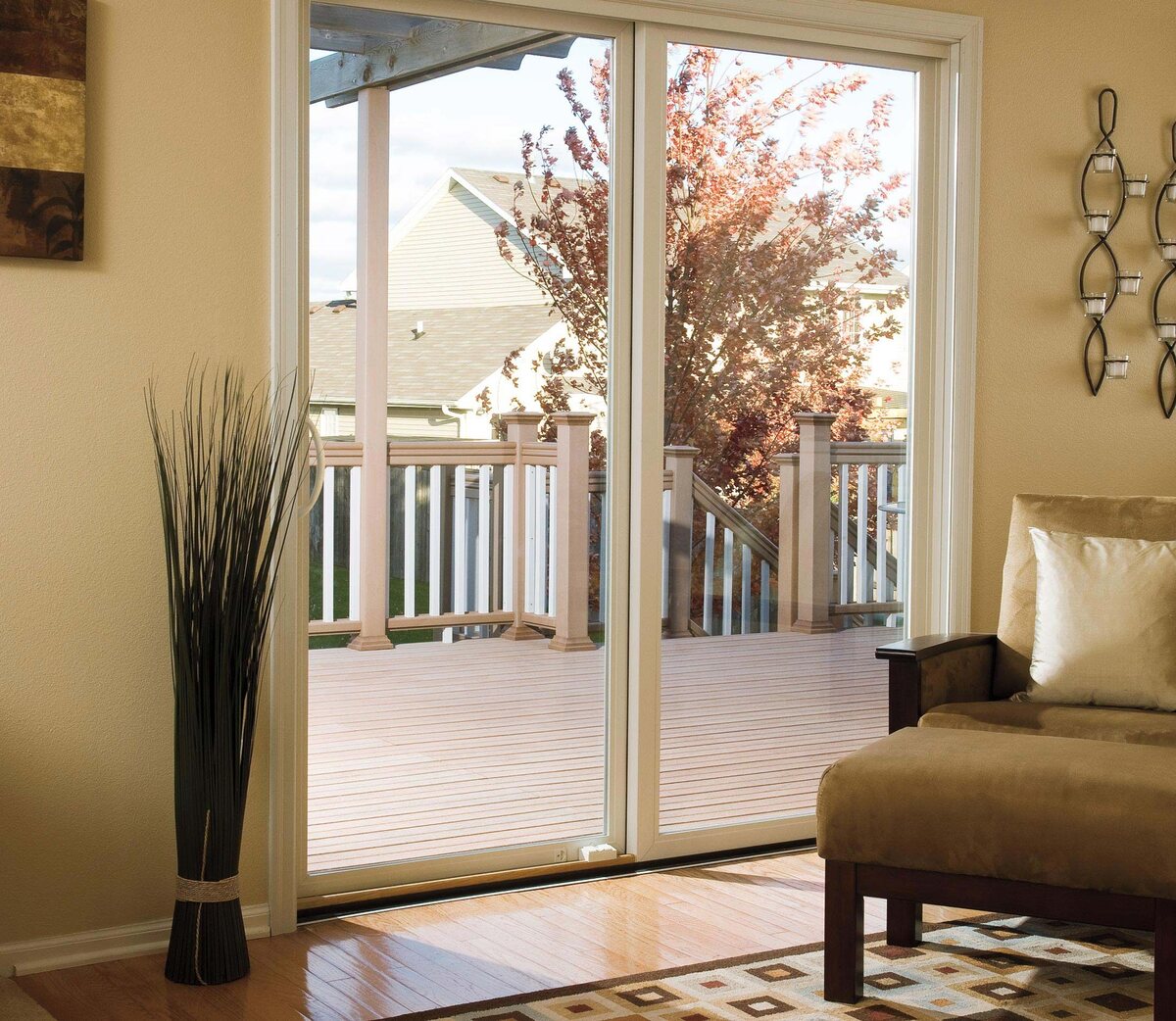
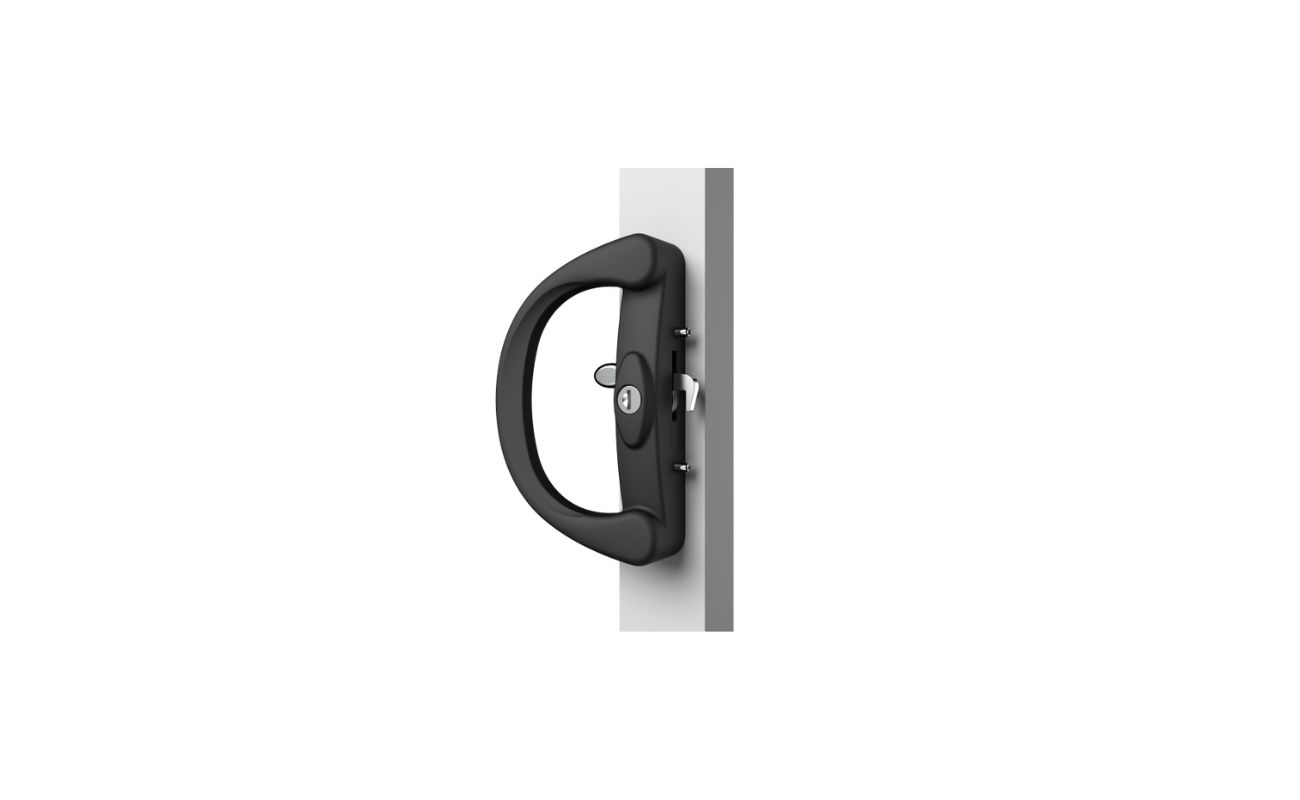
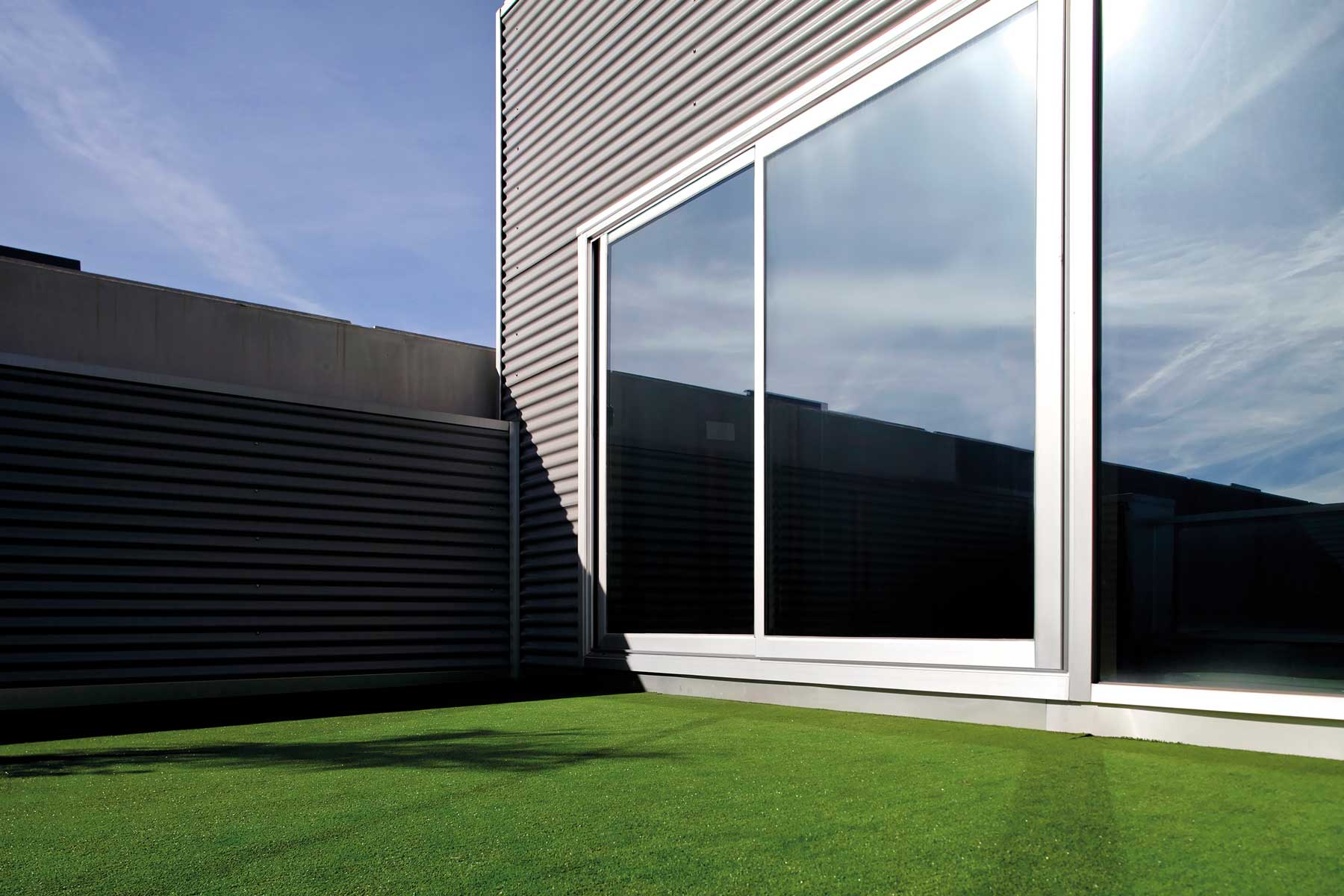
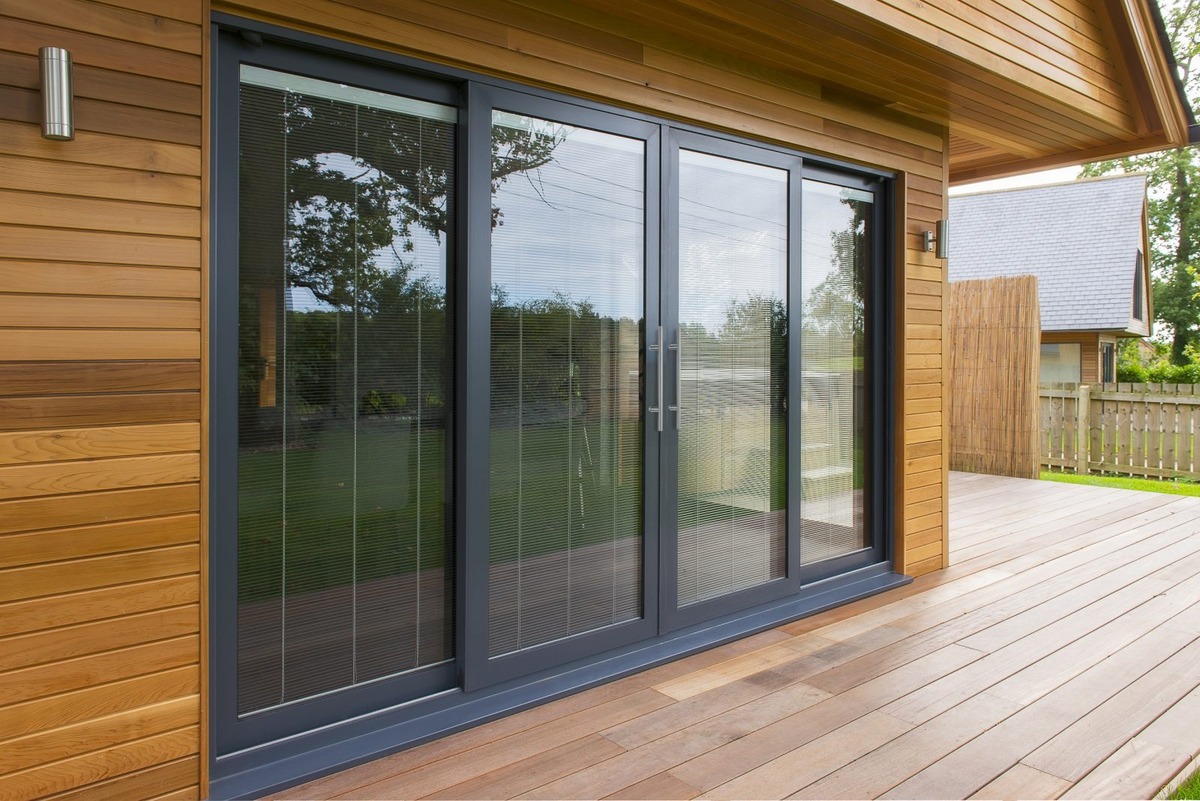
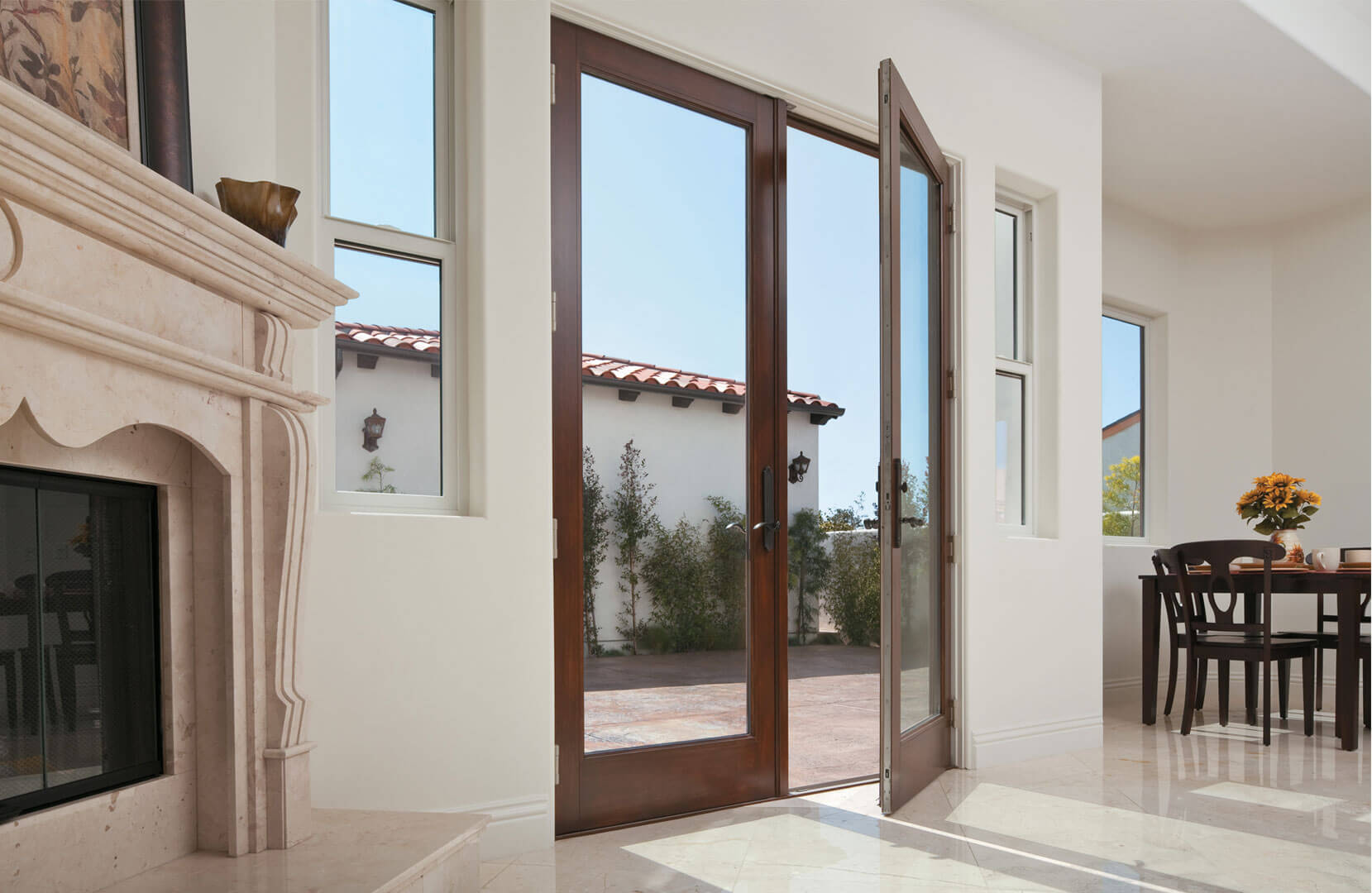
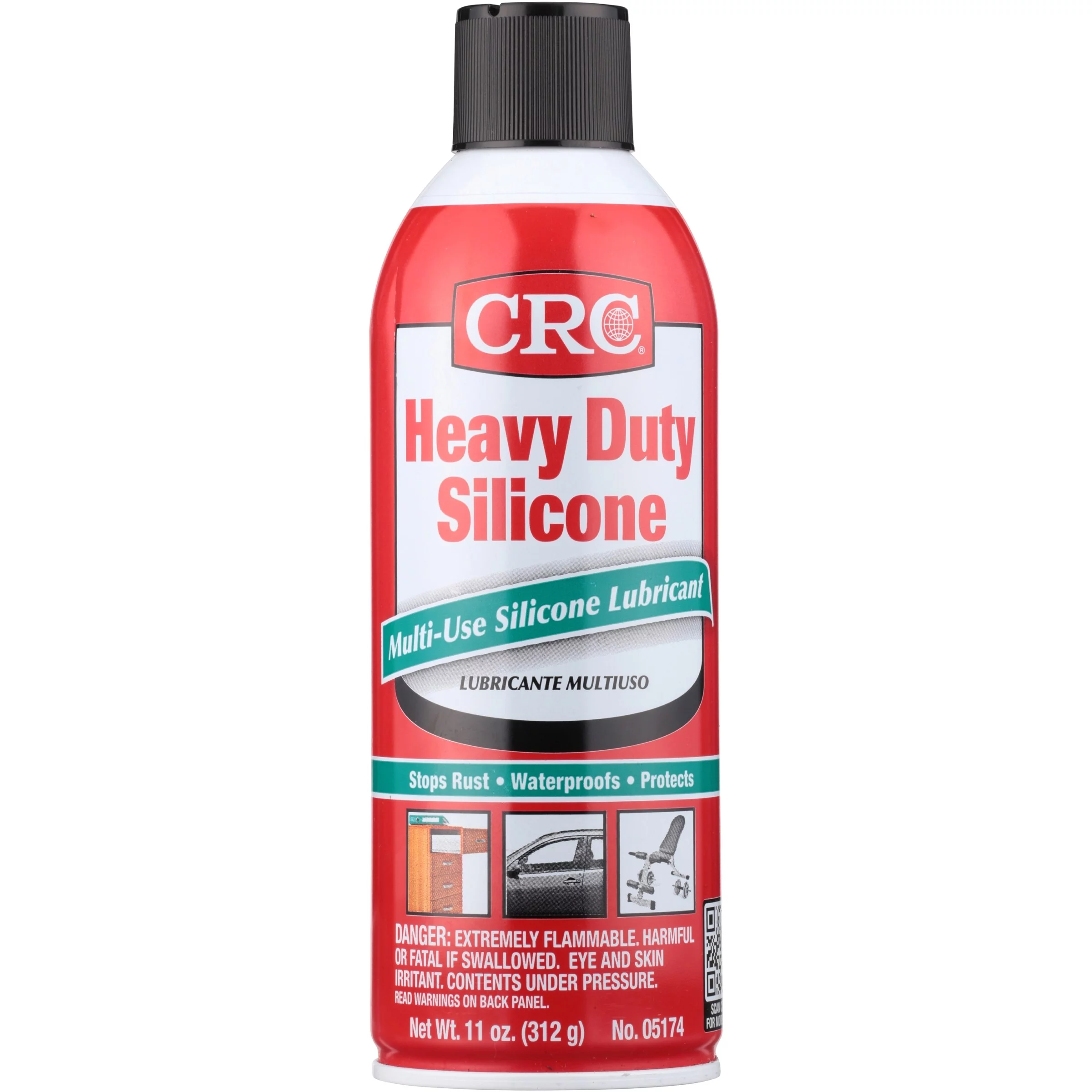
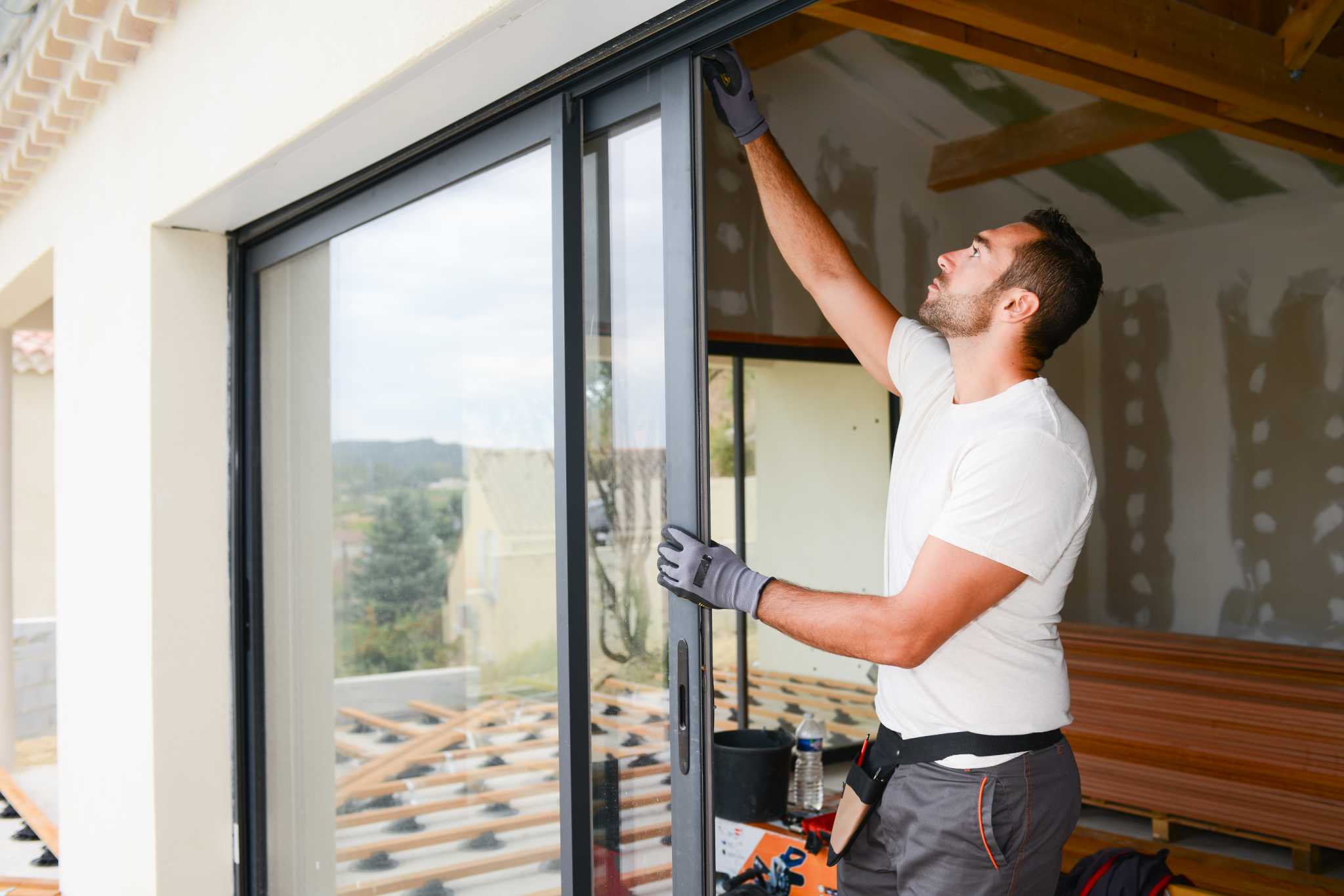

0 thoughts on “How To Cover Sliding Patio Doors”